Hemp: A Little Plant; Powerful Enough to Spark Big Change
The time of irrational trepidation is over. The movement to legalize marijuana has overlooked hemp's divergent benefits to combat climate change.

Maren Krings is freelance photographer and artist, with studios in Germany, Austria and Sweden. Her work entails documenting projects with a special focus on sustainability. Since 2016 she has been working on a long-term photojournalistic documentation about the rediscovery of the hemp plant and its environmental benefits worldwide. You can find out more about Maren here.
As the deadly California wild fires continue to blaze, the time is right to consider our collective impact on the environment and what changes can be made to benefit the planet and ensure our survival as a species. The year of 2017 was declared to be the worst that the state had ever seen regarding wildfires. This year has made sure that 2017 didn't hold that title for long, with fires that have already killed more than 60 people. These extremes in weather conditions will soon make parts of our planet uninhabitable for human society. Yet, even as this unfolds in front of our eyes, most of us are not prepared to reconsider our industrial or personal practices.
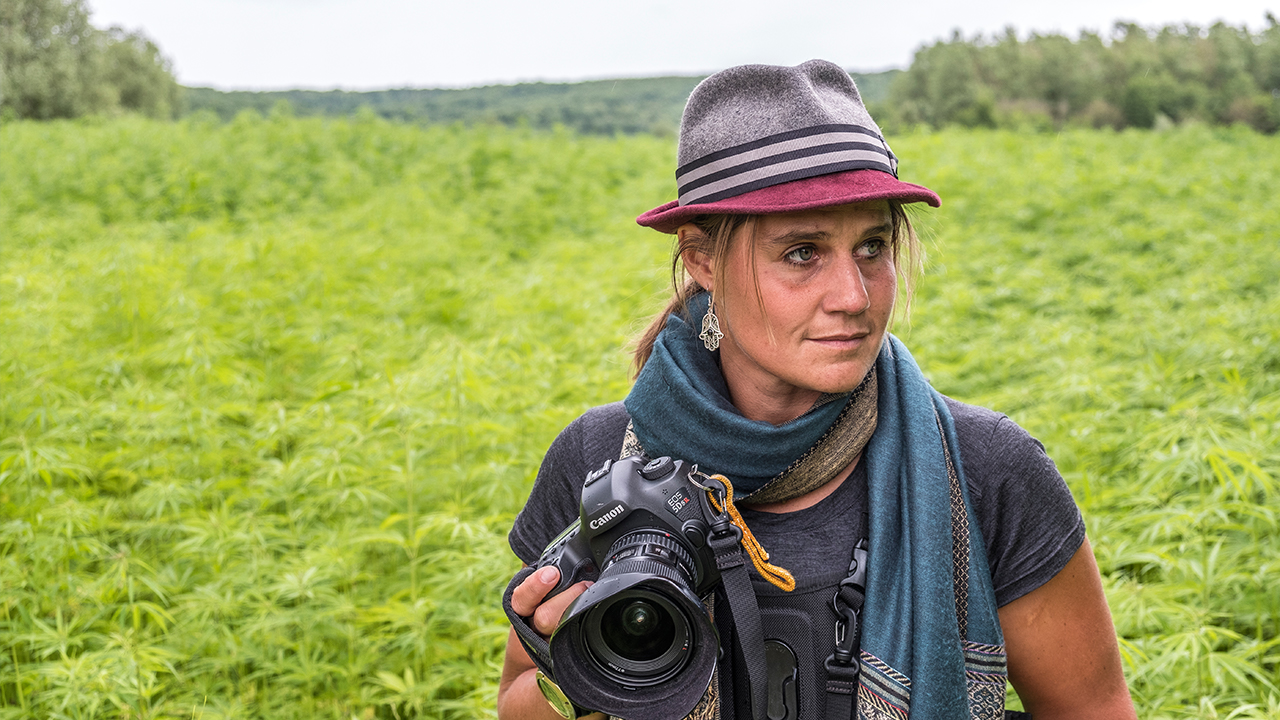
The same plant that can be used to smoke a joint might also hold the potential to change our future.
The plant we are talking about is cannabis sativa. The same one that can be used to smoke a joint might also hold the potential to change our future. Hemp is highlighted as a political conversation topic worldwide, as we've seen a wave of decriminalisation at the state level in the US as well as a full scale legalisation in Canada this October. However, a strong understanding of this plant is unusual. Most people are unaware of the many positive purposes of hemp. My own lack of knowledge and curiosity has been the driving force behind the intensive research that I have undertaken. In turn, this has ultimately been the foundation for a book about hemp, which I have now been working towards for two and half years.
It is important to understand the differences within the strains that derive from the same plant family but deliver very different products. While cannabis sativa is the botanical name for the plant family, experts differentiate by using three terms:
- Industrial hemp: Any cannabis plant that contains 0.3 or less % of the psychoactive ingredient THC (tetrahydrocannabinol).
- Medical cannabis: Cannabis that is cultivated specifically for medicinal purposes, and contains higher amounts of THC.
- Marijuana: Usually used exclusively for recreational purposes.
[gallery type="rectangular" size="full" ids="11085,11087,11090,11086"]
Very few of us have sufficient environmental awareness
As a photographer, it is alarming to observe our lack of urgency regarding global issues like climate change, waste-management and the preservation of natural resources. Furthermore, very few of us have sufficient environmental awareness and understanding as to how we should conduct our daily lives and find solutions to these important issues. This all changed when I took a closer look at hemp, perhaps the most forbidden plant on earth throughout the 20th century.
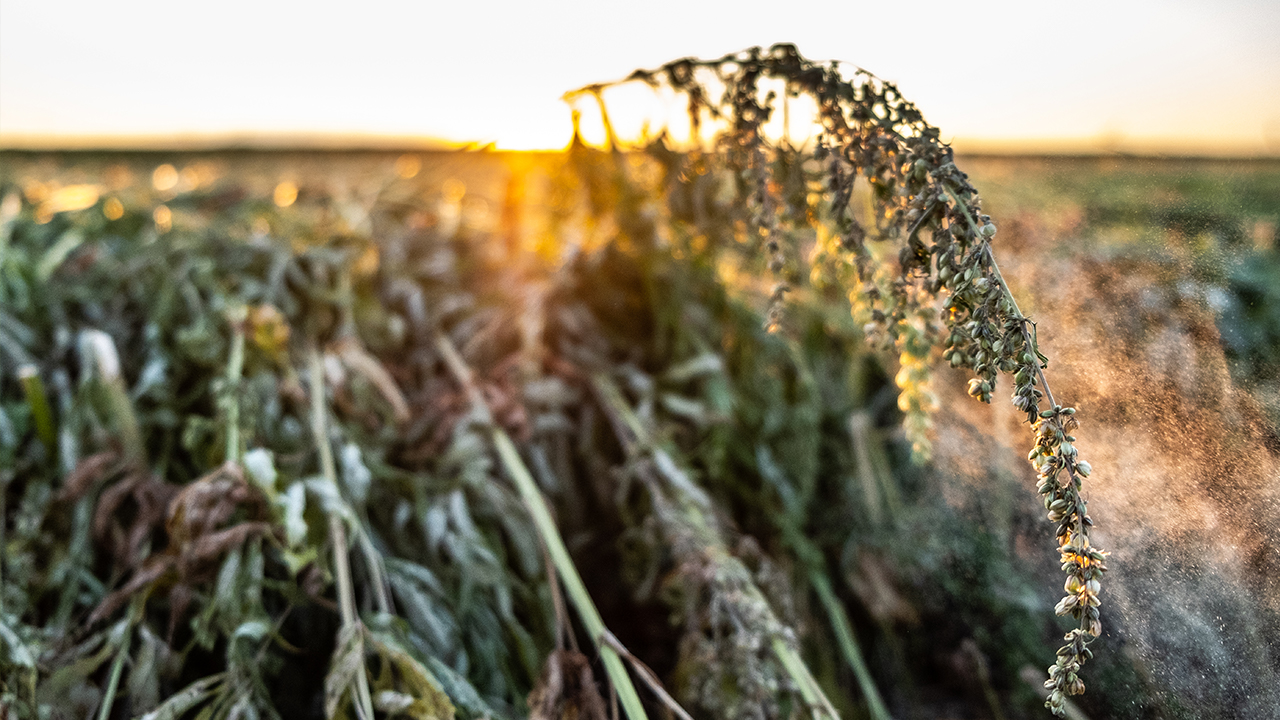
Even if you are a climate scientist or a habitual user, you'll be surprised to learn about hemp's adaptive attributes:
- It is a fast-growing crop that can absorb vast amounts of CO2 from the atmosphere.
- An Italian building-materials specialist, Werner Schönthaler, calculated a 60% negative account of CO2, on buildings he constructed with hemp stone.
- In the past, farmers have turned to hemp due to its ability to grow without the heavy use of pesticides and herbicides, chemicals that were often required for their other crops. A Swedish farmer Thomas Jacobsson reported that despite all of his other crops dying, his two hectares of planted hemp were the only crop that was able to adjust to the Swedish drought during the summer of 2017. This is because hemp has the ability to adapt, with roots that can grow much longer than other plants.
- At the scene of nuclear disasters, not just Fukushima and Tchernobyl, but also smaller areas that have been contaminated by industrial accidents, hemp has been used for the biological process of Phytoremediation, a process that pulls contaminants from the soil.
- Hemp is a source of food, textile making and medicines. For many years it's been common to see stores stock hemp seeds, oil and flour. The clothing industry has been using hemp-yarn for woven and knitted materials,
Our irrational trepidation for hemp was inherited from more than 70 years of prohibition. The time is right to finally move on. The worldwide hemp-growing community, which dedicates time, money and efforts into reintroducing industrial hemp and fighting for legalization of cannabis is growing exponentially and there is a good reason for this to happen.
Hemp has become the new answer to many problems that were previously unsolvable. This plant can be used to respond to a growing global population and people's need to be fed, sheltered and medically provided for. Hemp has become a synonym for people who are willing to think differently - people who want to start changing their own lifestyles to induce change on a bigger level. It has become the crop of people willing to take action and make the changes that do not seem to be able to initiate quickly through politics.
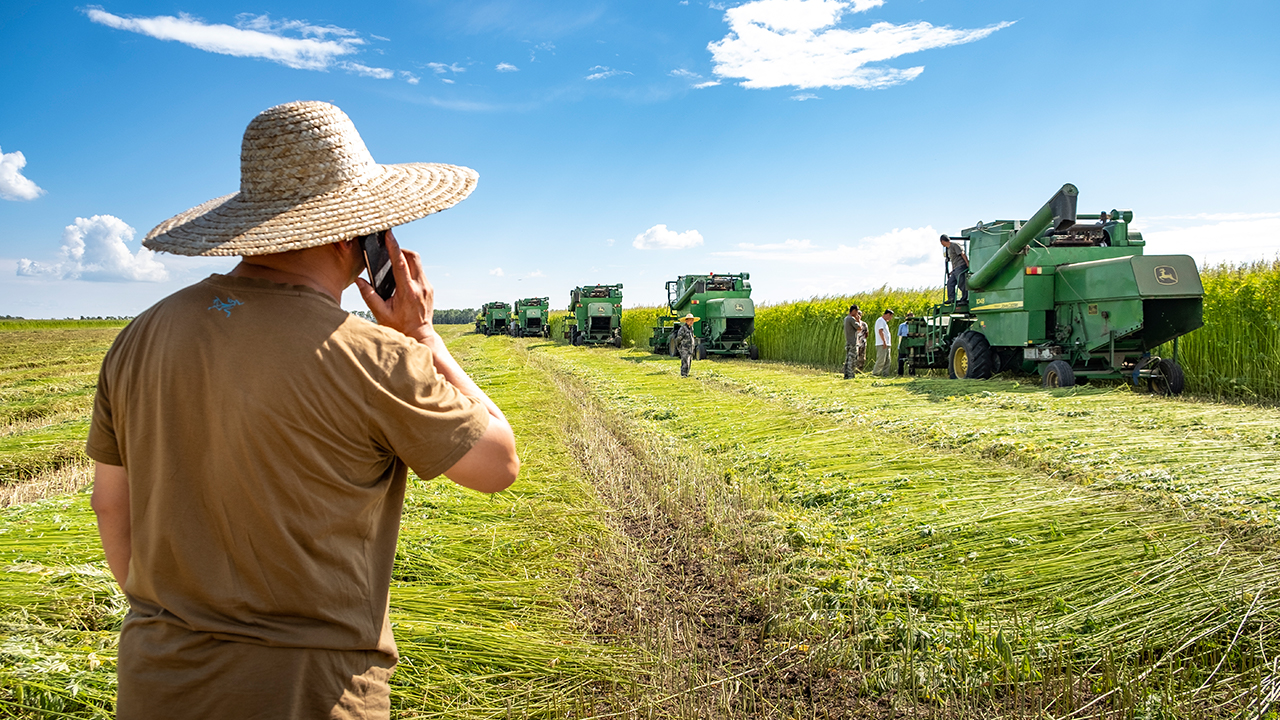
WHY SHOULD WE THINK DIFFERENTLY?
Regardless of whether the majority of us do not know where this island is, nor what it feels like to lose the earth beneath our feet, nature's responses are devastating.
We are all familiar with the debate that is often held on climate change, whether it is a human-made problem or just a natural cycle our world is passing through. It is true, our climate has always gone through periods of change, even prior to industrialisation. However, it has never happened so quickly and so drastically as it has done today. The Island of Kiribati, located in the Central Pacific Ocean along the equator, has become the symbol of nature's response to our carelessness. The island is slowly drowning by the rising water level of the ocean. The chief of Kiribati has been unremittingly traveling the world, speaking on climate conferences and UN conferences to find new land for his people. The chief of Kiribati also wants to make us understand that we have to take up our responsibility for the changes that are happening now. Regardless of whether the majority of us do not know where this island is, nor what it feels like to lose the earth beneath our feet, nature's responses are devastating. For the hurricane and storm stricken inhabitants of Kiribati this is more than a nightmare, it is the end of their culture.
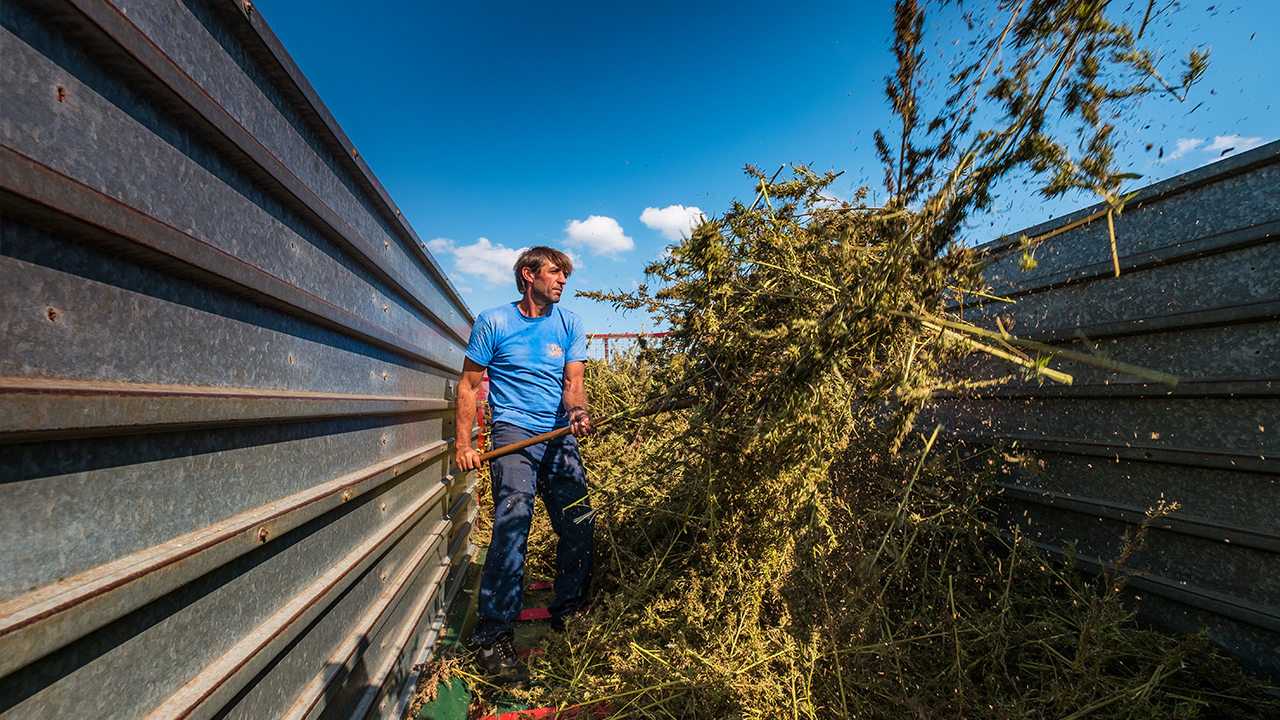
My New Life's Mission
It's not just a project anymore, I now realize the urgency of the topic.
My journey to photo-document hemp, its industrial uses and the positive impact it can have on the environment, has taken me to 17 different countries so far. In order to follow this road, I have left my home and made my car a rolling bedroom and office. I am about halfway there, having completed half of the work required to complete the book. Having edited all the images captured over two and half years and documenting my story along the way whilst looking for a publisher and running a crowdfunding campaign to support the project, I've spent much time to reflecting on this project. I now realize the urgency of the topic. I am connecting a dedicated, international community of like-minded people, who are all doing everything in their means to change the way we perceive sustainability, environmentalism and social responsibility.
This book is turning into a life’s mission. I have come to the realisation that this is the only way I can truly communicate my own concerns. My goal is to find many like-minded people who can work together to answer the big questions that need to be solved to conserve our planet. I have already received an incredible amount of support and help from many people worldwide. Some by participating in crowdfunding by pre-ordering the hemp book. However, my true wish is far greater; to inspire others by showing some of the achievable changes that we can all make in our backyard and portraying people who have stepped up and showed us how to live this change.
On Tuesday 20th November, Maren will be taking over the The Outdoor Journal's Instagram account. Maren will speak with hemp pioneer Werner Schönthaler about why he dedicated six years of his life to inventing the hemp stone. We will also hear from Ding Hongliang, China's main producer for hemp-textiles. Stay tuned and be part of the change!
If you want to support Maren's Crowdfunding Project please visit the site here or for the newsletter on hemp, please sign up directly by sending an email to info@marenkrings.com with the subject line“newsletter-hemp“.


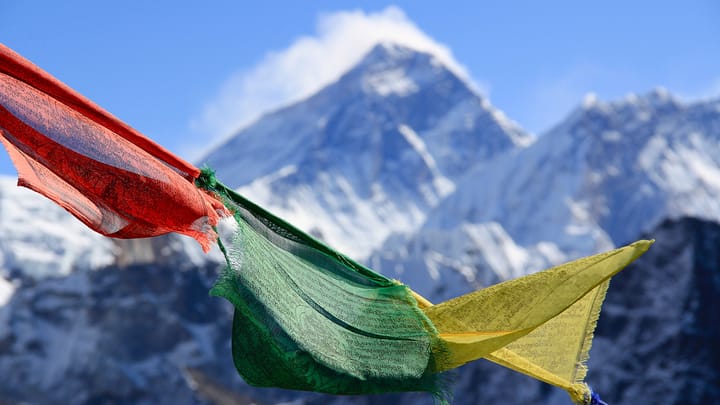

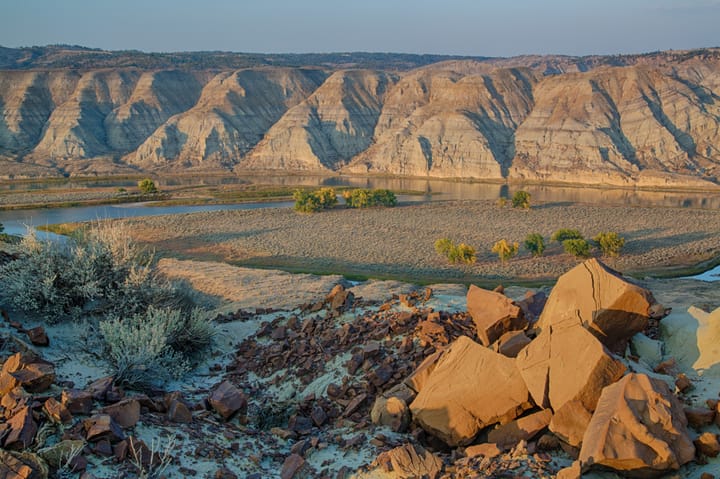
Comments ()